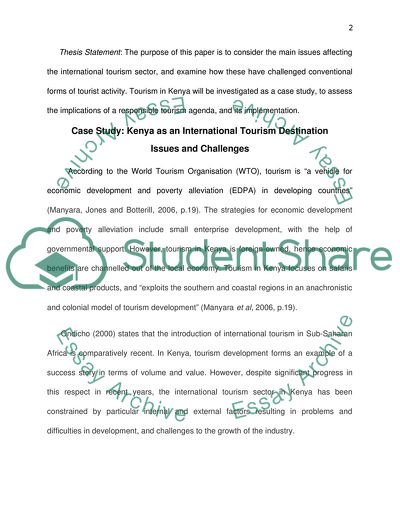Cite this document
(International Tourism: The Main Issues Affecting the Sector Case Study Example | Topics and Well Written Essays - 1500 words - 1, n.d.)
International Tourism: The Main Issues Affecting the Sector Case Study Example | Topics and Well Written Essays - 1500 words - 1. https://studentshare.org/tourism/1788755-tourism
International Tourism: The Main Issues Affecting the Sector Case Study Example | Topics and Well Written Essays - 1500 words - 1. https://studentshare.org/tourism/1788755-tourism
(International Tourism: The Main Issues Affecting the Sector Case Study Example | Topics and Well Written Essays - 1500 Words - 1)
International Tourism: The Main Issues Affecting the Sector Case Study Example | Topics and Well Written Essays - 1500 Words - 1. https://studentshare.org/tourism/1788755-tourism.
International Tourism: The Main Issues Affecting the Sector Case Study Example | Topics and Well Written Essays - 1500 Words - 1. https://studentshare.org/tourism/1788755-tourism.
“International Tourism: The Main Issues Affecting the Sector Case Study Example | Topics and Well Written Essays - 1500 Words - 1”. https://studentshare.org/tourism/1788755-tourism.


